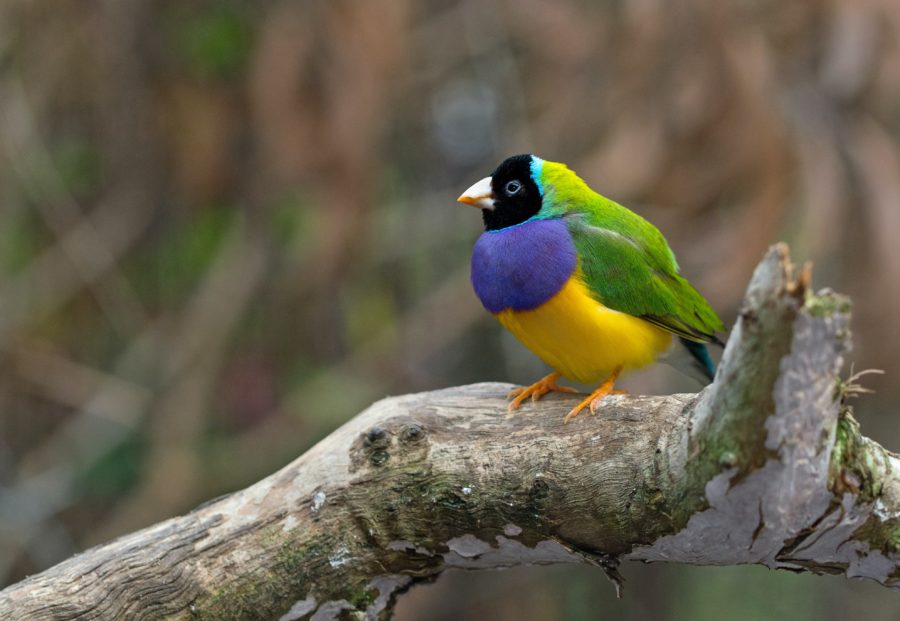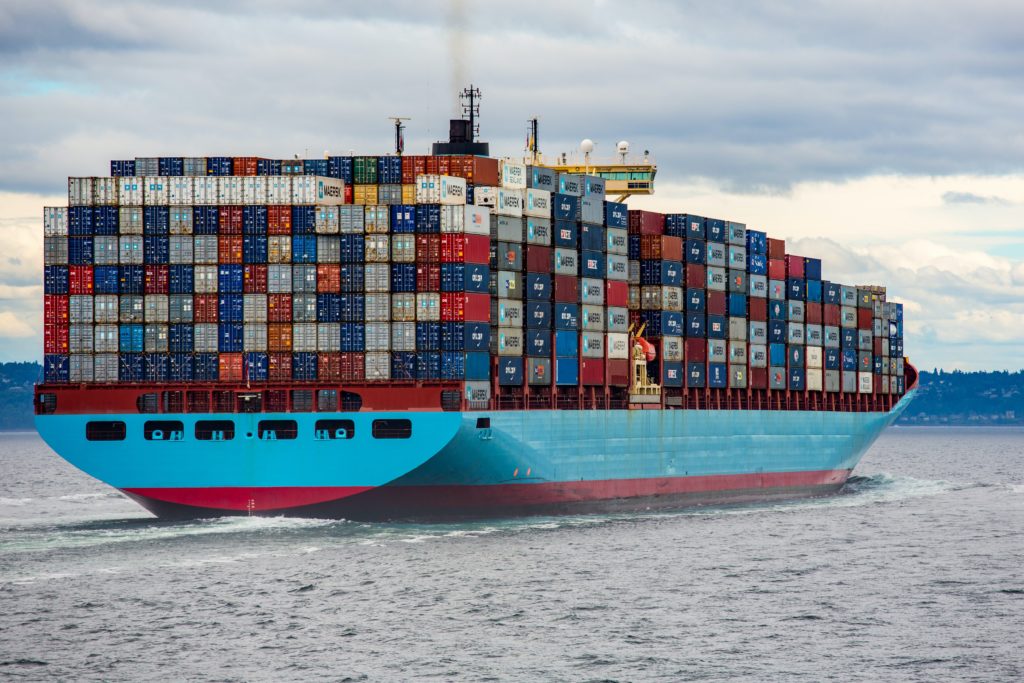How many species are becoming extinct and why?
There is growing data on the decline of species- which tends to have a cascading effect, as one species declines it creates pressure on other species who depend on that declining (or extinct) species for their survival. Forbes reports today on a new report that explicitly links biodiversity and economics, noting that people tend to compartmentalize business concerns around GDP during the week – and put off thinking about biodiversity “for Sundays”.

The average abundance of native species in most major land-based habitats has fallen by at least 20%, mostly since 1900. More than 40% of amphibian species, almost 33% of reef-forming corals and more than a third of all marine mammals are threatened. The picture is less clear for insect species, but available evidence supports a tentative estimate of 10% being threatened. At least 680 vertebrate species had been driven to extinction since the 16th century and more than 9% of all domesticated breeds of mammals used for food and agriculture had become extinct by 2016, with at least 1,000 more breeds still threatened.
UN Report: Nature’s Dangerous Decline ‘Unprecedented’ (May 6, 2019)
As a recent research article from the Proceedings of the National Academy of Sciences notes, “Thousands of populations of critically endangered vertebrate animal species have been lost in a century, indicating that the sixth mass extinction is human caused and accelerating.” They looked at 29,400 species of terrestrial vertebrates and found that 1.7% (about 515 species) were close to extinction. Species labeled as close to extinction had to have less than 1,000 living members.
The Forbes article reported today about a report commissioned by the UK about biodiversity and economics by the University of Cambridge’s Professor emeritus Partha Dasgupta:
In a quite revolutionary way, Dasgupta asserts that “the contemporary practice of using Gross Domestic Product (GDP) to judge economic performance is based on a faulty application of economics” and suggests that “GDP growth is, in principle, compatible with sustainable development”.
Emanuela Barbiroglio, “Growth Is Only Real When Shared With Biodiversity, Says The New Dasgupta Review“, Forbes.com February 4, 2021
As Gupta notes, “we are all asset managers […for…] a class of assets called Nature”. These issues will likely be on the table for discussion at the upcoming COP26 conference in November 2021.

